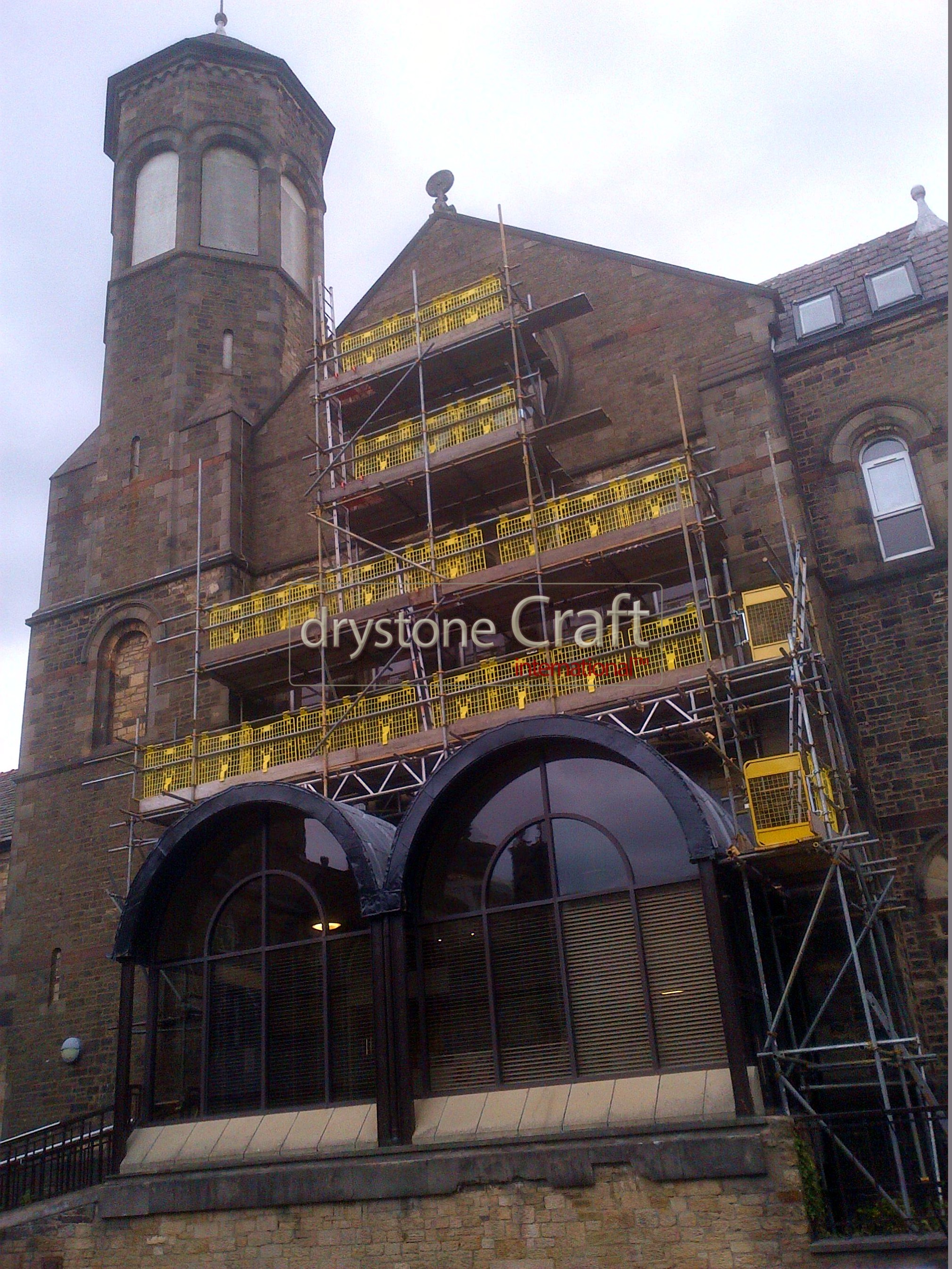Rehabilitating rock textures is both a art and a discipline, combining traditional techniques with contemporary practices to infuse new vitality within historic materials. Regardless of whether you are engaged on a weathered rock façade of an old structure or wanting to refresh a cherished landscape path, understanding the traditional techniques of rock restoration can greatly impact the outcome. Such timeless methods have been passed along through generations, highlighting the importance of skill and regard for the materials used.
In the definitive guide to rock restoration, we will explore ways to tackle your project with care and expertise. From identifying the appropriate refurbishment techniques to recognizing the right time it’s time to call in experts, we aim to provide guidance that can help you steer clear of common mistakes. Join us as we delve into the world of stone refurbishment, exploring essential tips, effective upkeep strategies, and the way these methods contribute to preserving our architectural heritage.
Common Errors in Rock Refurbishment
One of the most prevalent mistakes in stone restoration is applying the wrong cleaning methods. Many homeowners may resort to harsh chemicals or abrasive tools, thinking they will successfully remove debris and marks. However, these techniques can cause lasting harm to the stone, eroding its natural aesthetic and quality. It is vital to utilize balanced cleaners specifically formulated for rock surfaces and to use gentle scrubbing methods to prevent marking the surface.
Another common oversight occurs when people attempt to perform do-it-yourself refurbishment without sufficient expertise or skill. While the web provides a plethora of data, not all references are accurate. Attempting sophisticated techniques, such as renewing or fixing large gaps without professional assistance, can lead to more severe damage and higher expenses down the path. Seeking qualified guidance or contracting a experienced expert can ensure that the refurbishment is done properly and safely.
Finally, ignoring proper maintenance after refurbishment is a critical mistake that many overlook. Once https://stonerestoration.com.au/services/marble-restoration-sydney/ are restored, they need ongoing care to sustain their look and longevity. Failing to apply appropriate barriers or not keeping regular maintenance schedules can lead to decline and the requirement for further fixes sooner than anticipated. Developing a regular maintenance program is essential to enhance the longevity and appearance of restored stone materials.
Leading Materials for Rehabilitating Old Homes
When it comes to restoring historic homes, deciding on the right elements is vital to sustaining originality and durability. Natural stone is often the preferred choice for its enduring appeal and stability. Elements such as granite, limestone, and granite not only blend well with the archival context but also provide longevity when properly cared for. These stones have weathered the test of time and can tolerate varying environmental conditions, making them ideal for renovation projects.
In addition to stone, the application of traditional mortar is essential for fixing and repointing masonry work. Lime mortar, in particular, is preferred in many historic restorations because it enables flexibility and porosity, helping to prevent moisture damage within the structure. Its compatibility with traditional building techniques ensures that restorations maintain the building’s original character while ensuring integrity.
Finally, adding reclaimed materials is a popular practice that adds authenticity to rehabilitation projects. Whether it's repurposed bricks, timber, or metal fixtures, these materials not only provide a distinct visual appeal but also promote eco-friendliness. Using reclaimed materials aids environmental protection while preserving the historic significance of the home, creating a seamless connection to the past.
DIY vs. Expert Stone Restoration
When thinking about stone restoration, numerous homeowners face the dilemma of whether to approach the project themselves or hire a professional. DIY restoration can be appealing due to possible cost savings and the satisfaction of personal fulfillment. A variety of resources, including online tutorials and local workshops, provide assistance on basic techniques, from cleaning to minor repairs. However, it's essential to understand that stone restoration often requires a nuanced understanding of the material, including the appropriate tools and products that are fit for certain stone types.
On the other hand, professional stone restoration services bring specialized skills and experience to the table. Skilled restorers understand the intricacies of different stone materials and have access to advanced tools and techniques that can achieve better results. They can evaluate the condition of the stone and identify subtle issues that a DIY approach might overlook. Additionally, professionals are acquainted with historical restoration methods, which can be vital for preserving the integrity of antique or historic stones.
Ultimately, the decision between DIY and expert restoration depends on multiple factors, including the extent of damage, the specific requirements of the stone surface, and the homeowner's skill level. While certain small projects might be manageable for a dedicated DIY enthusiast, significant restoration work often benefits from the attention to detail and knowledge of trained restorers. Balancing cost, quality, and personal capability will guide homeowners in making the best choice for their stone restoration needs.

